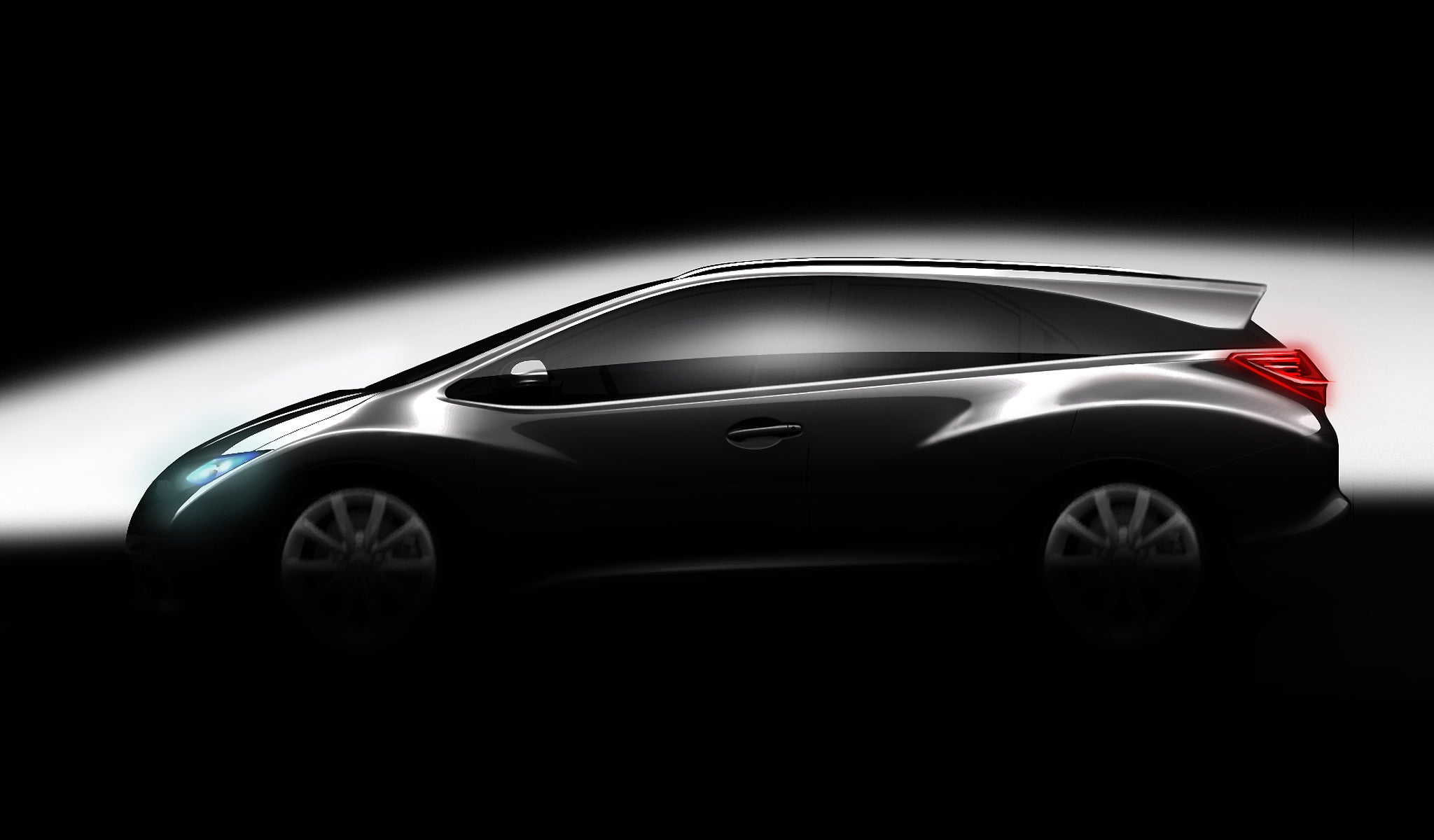
Your support helps us to tell the story
From reproductive rights to climate change to Big Tech, The Independent is on the ground when the story is developing. Whether it's investigating the financials of Elon Musk's pro-Trump PAC or producing our latest documentary, 'The A Word', which shines a light on the American women fighting for reproductive rights, we know how important it is to parse out the facts from the messaging.
At such a critical moment in US history, we need reporters on the ground. Your donation allows us to keep sending journalists to speak to both sides of the story.
The Independent is trusted by Americans across the entire political spectrum. And unlike many other quality news outlets, we choose not to lock Americans out of our reporting and analysis with paywalls. We believe quality journalism should be available to everyone, paid for by those who can afford it.
Your support makes all the difference.Honda has confirmed that it will produce two new versions of the Civic model at its UK plant in Swindon.
The first is a sporty Type R version of the latest Civic. Type Rs have always been a popular choice with enthusiasts with previous generations of the car. The second is the Civic Wagon, a new estate variant; the Wagon model was also developed in Europe rather than Japan.
The two new cars join the standard five-door hatchback version of the Civic on the assembly lines at Swindon, which also produce the recently-launched fourth-generation CR-V SUV for Europe.
Honda has recently announced a £267 million investment programme at its UK plant, which will also make a badly-needed new 1.6-litre diesel engine to complement the existing 2.2.
The company forecasts that it will make 182,000 vehicles in the UK during the financial year to March 2013 – that's some way short of full capacity but a huge improvement on production levels in recent years, which were hit by a lengthy shutdown in response to weak demand in 2009, and subsequently also affected by the disruption of the component supply chain by the 2011 tsunami, as well as other major weather events in Asia.
Join our commenting forum
Join thought-provoking conversations, follow other Independent readers and see their replies
Comments